#Northumberland Wildlife Trust
Explore tagged Tumblr posts
Text
Lynx reintroduction in need of public support: the National Trust is restoring parts of Northumberland that could support a lynx population.
Wild lynx have been extinct in the UK for 1,300 years due to hunting and habitat destruction.
In an effort to rewild and rejuvenate the land, a family of beavers were reintroduced in 2023. Europe has had success with reintroducing both species.
Anyone who lives near should go to these exhibitions and voice their public support! It's such an amazing opportunity ❤
"We've lost so much wildlife, and the jigsaw of life is really quite broken, so bringing back species like beaver and lynx could really help restore nature," Mr Pratt, of Northumberland Wildlife Trust.
"The lynx has been successfully reintroduced in countries like Germany, Switzerland, France, Italy and Slovenia."
"Lynx were once widespread in the UK but disappeared in medieval times because they were hunted for their fur."
It's literally called The Missing Lynx Project !!!! 😻😻😻😻😻😻😻
#Lynx#Missing Lynx Project#The Missing Lynx Project#Wildlife#Nature restoration#Earth day#Love#Northumberland#Cumbria#Scotland#Beaver#Wildlife trust#National Trust#UK#Britain#Important#Earth#Nature#Species reintroduction#Please share#Northumberland Wildlife Trust#Cats#Cat#Big cats#Wild Cat#Wild Cats#Kitty#big kitty#happy kitty#kitty cat
25 notes
·
View notes
Text
Northumberland Wildlife Trust Northumberlandia - 25th March 2022
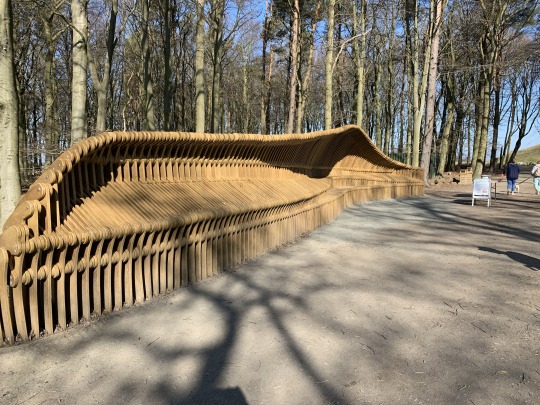
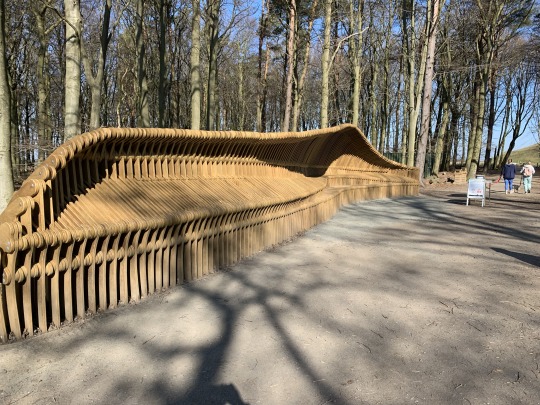
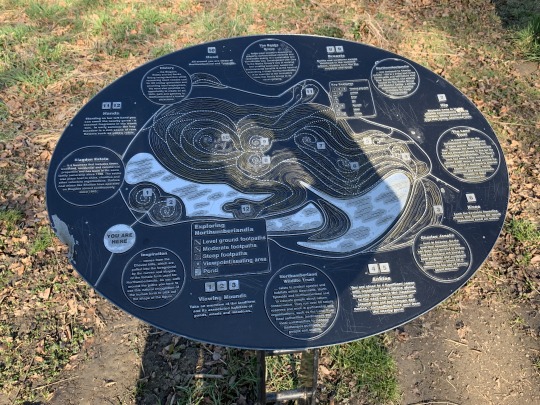
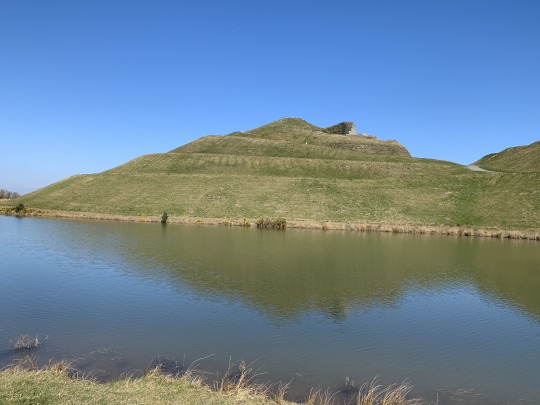
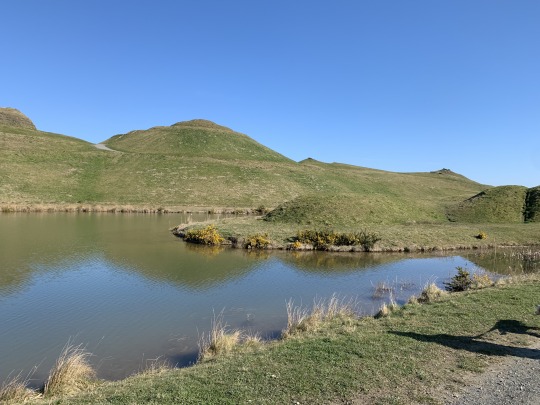
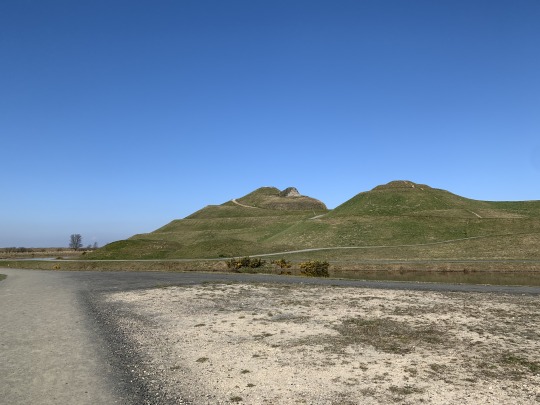
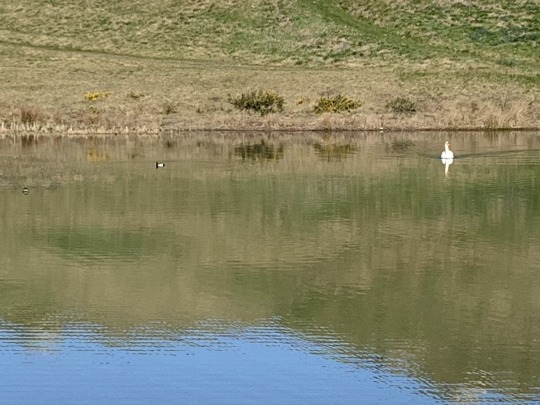
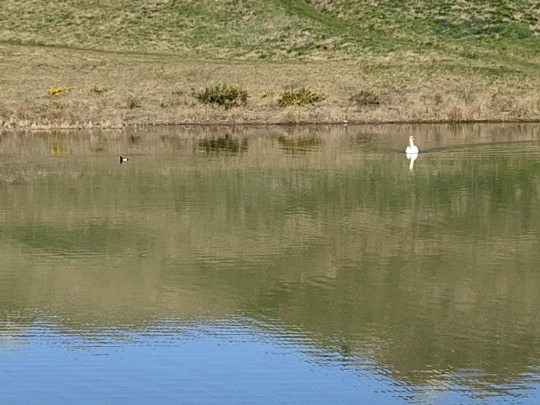
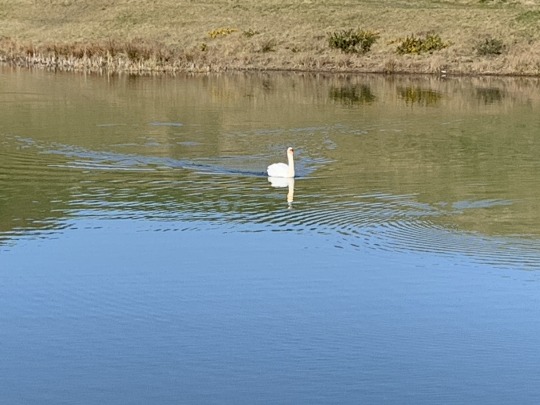
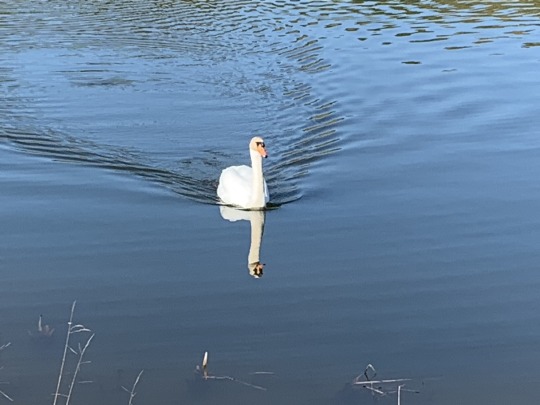
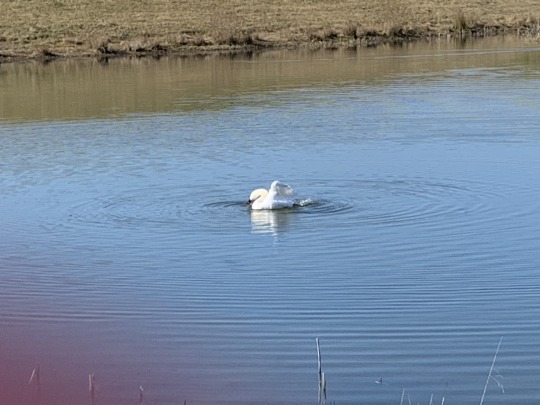
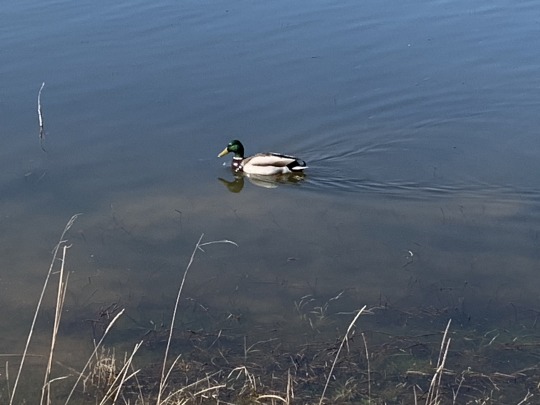
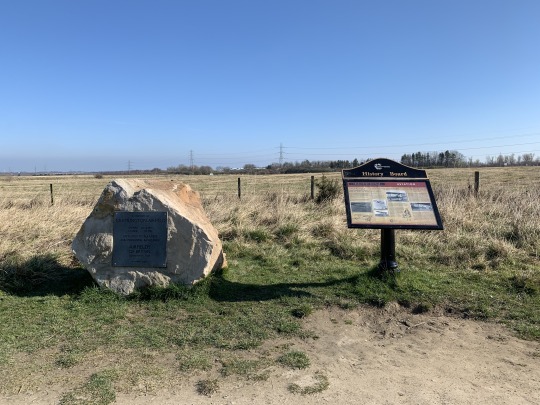
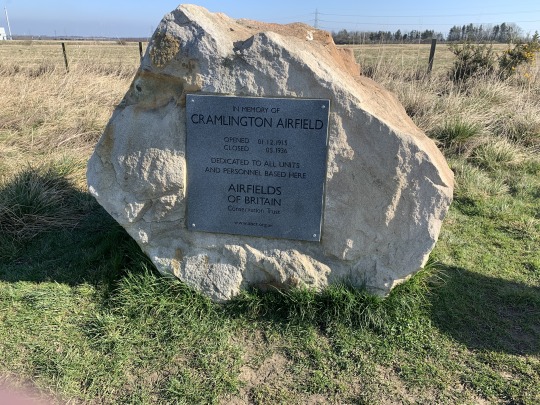
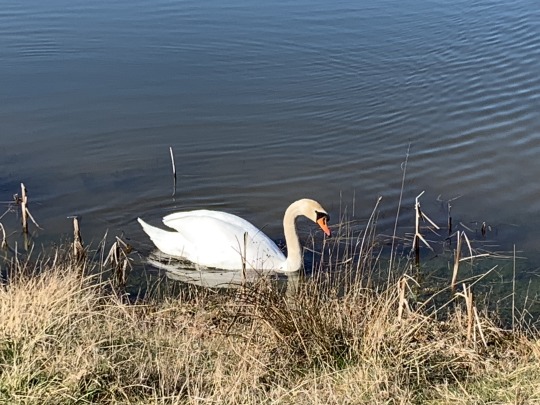
Photos taken at Northumberland Wildlife Trust Northumberlandia, Blagdon Lane, Blagdon Estates, Blagdon, Northumberland, UK.
Photos by @warrenwoodhouse
📸 iPhone XR (Product Red)
🗓 25th March 2022
📍 Northumberland Wildlife Trust Northumberlandia, Blagdon Lane, Blagdon Estates, Blagdon, Northumberland, UK.
#warrenwoodhouse#warrenwoodhousephotos#photos#photography#Northumberland Wildlife Trust#Northumberland Wildlife Trust Northumberlandia#Northumberlandia#Northumberland#photographers on tumblr#iphonography
0 notes
Photo

The first new seal pups of the season to be born on the National Trust’s Farne Islands, off the Northumberland coast, UK. The islands are an important haven for thousands of seabirds and hundreds of adult seals looked after by the National Trust
Photograph: Owen Humphreys/PA
#owen humphreys#photographer#pa#seal#mammal#wildlife#animal#national trust's farne islands#northumberland coast#united kingdom#nature
68 notes
·
View notes
Text
"England is celebrating the first pair of beaver kits born in the country since they were reintroduced back into the country’s north last year.
Landscape managers in England are beside themselves with surprise over the changes brought about by a single year of beaver residency at the Wallington Estate in Northumberland—with dams, mudflats, and ponds just appearing out of nowhere across the landscape.
Released into a 25-acre habitat on the estate last year, the four beavers at Wallington are part of a series of beaver returns that took place across the UK starting in 2021 in Dorset. Last year, GNN reported that Hasel and Chompy were released into the 925-acre Ewhurst Estate in Hampshire in January 2023, and the beavers that have now reproduced established their home in Wallington in July.
“Beavers are changing the landscape all the time, you don’t really know what is coming next and that probably freaks some people out,” said Paul Hewitt, the countryside manager for the trust at Wallington. “They are basically river anarchists.”
“This time last year I don’t think I fully knew what beavers did. Now I understand a lot more and it is a massive lightbulb moment. It is such a magical animal in terms of what it does.”
It’s believed that the only animal which alters the natural environment to the same extent as humans is the beaver. Their constant felling of trees to construct dams causes creeks to build up into pools that spill out during rainfall across the land, cutting numerous other small channels into the soil that distribute water in multiple directions.
Hewitt says that in Wallington this has translated to a frantic return of glorious wildlife like kingfishers, herons, and bats.
Recently the mature pair of beavers mated and produced a kit, though its sex is not yet known because beavers don’t have external genitalia.
These beaver reintroductions have led to a raft of beaver sightings around the country. Those at the National Trust working to rewild the beaver back into Great Britain hope the recovery of the landscape will convince authorities to permit further reintroductions to bigger areas."
-via Good News Network, July 16, 2024
#beaver#beavers#wild animals#rewilding#ecosystem#ecology#ecosystem restoration#conservation#climate action#biodiversity#good news#hope
4K notes
·
View notes
Text
Last Wednesday night, Britain was robbed of one of its best-loved trees. Mike Pratt, the CEO of Northumberland Wildlife Trust, describes the venerable, now-recumbent sycamore at Sycamore Gap on Hadrian’s Wall as a “totem tree; a touch point in the landscape”.
But the tree, standing alone in a national park, also reminded some of how nature-depleted England is. As environmentalist Ben Goldsmith said at the time: “That someone would have destroyed this iconic tree is beyond comprehension; but what’s even more shocking is that this was pretty much the only tree in that entire landscape. Our national parks can and should be so much better.”
According to Northumberland Wildlife Trust’s latest estimates, just 7% of Northumberland meets the criteria needed for the UK government to fulfil its commitment to protect and prioritise 30% of the landscape for nature by 2030 – which is a little higher than the 5% average across England as a whole.
While Goldsmith overstates the case somewhat, low tree cover does partly explain why Northumberland is sometimes called the “land of far horizons”. The most remote and least populated of England’s national parks, its rolling hills are swathed by expansive areas of open moor, peatland, as well as large forestry plantations.
In common with most other national parks in Britain, much of this land is grazed by sheep and cattle. As Pratt explains, over decades and centuries, agriculture has gradually become more intensive, with the result that areas of the national park are now almost devoid of trees and “feel a little bit industrial in parts”, he says. This is not the fault of individual farmers, Pratt argues. “It’s just that no one’s ever made any big decisions about what it should look like, probably since Roman times.”
Now, the felling of the tree at Sycamore Gap has given local communities and land managers a reason to reflect on, and make some serious choices about, how this landscape should look and function in the years to come.
A vision of renewal
From Pratt’s perspective, the corridor of land that roughly follows Hadrian’s Wall, from England’s east coast to west, is “possibly the biggest opportunity for a wilder landscape in England”.
On Wednesday, Northumberland national park authority announced its plans for how one part of that corridor would be renewed, with a new project signalling “a transformative shift towards a nature-first approach to land management”.
The project has been two years in the planning, but unveiling it this week, in the immediate aftermath of loss of the region’s most famous tree, felt like a fitting riposte to that crime. Tony Gates, chief executive of the National Park Authority, explained in a press release that his team decided it was imperative to seize the moment. “We are living through a nature crisis, a climate crisis and a wellbeing crisis,” he writes. “We must use this strength of feeling to drive change, for nature recovery and for our health and wellbeing.”
50 notes
·
View notes
Text
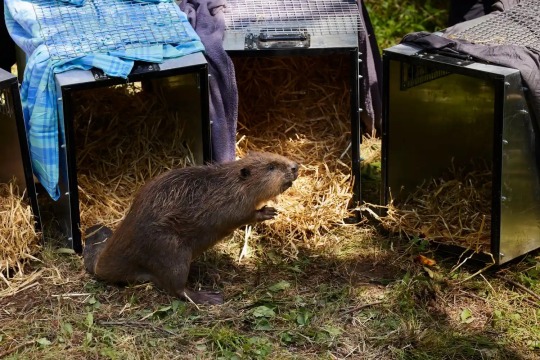
A family of four Eurasian beavers are released on the National Trust’s Wallington Estate in Northumberland, UK, as part of plans to boost wildlife and increase the area’s resilience to a changing climate. Beavers became extinct in the 16th century after being hunted for fur, meat and scent glands. This is the National Trust’s third beaver release.
Photograph: Christopher Thomond/The Guardian #beavers #wildlife #resilience #changingclimate #northumberland #nationaltrust
7 notes
·
View notes
Text
A little info about slide one of the website
The Farne Islands: Northumberland’s Wildlife Haven
The Farne Islands, located off the coast of Northumberland, are one of the UK’s most spectacular natural attractions, especially renowned for their incredible seabird colonies and rich marine life. Just a few miles from the coastal village of Seahouses, this group of around 15-20 islands (depending on the tide) is a paradise for wildlife enthusiasts, birdwatchers, and nature lovers alike.
A Sanctuary for Wildlife
The Farne Islands are best known for their thriving seabird colonies, which include around 100,000 pairs of breeding birds. Among the highlights are puffins, which nest on the islands in spring and summer. Between May and July, the islands transform into a puffin haven as these charismatic birds return to breed. Besides puffins, you’ll find Arctic terns, razorbills, kittiwakes, and guillemots.
The islands are also home to one of the largest colonies of grey seals in England. Every autumn, hundreds of seal pups are born here, making the Farne Islands a critical breeding ground for these magnificent creatures. Watching the seals bask on the rocks or playfully swim in the clear waters is a highlight for visitors.
A Rich History
The islands are steeped in history, with Saint Cuthbert, one of Northumbria’s most beloved saints, famously retreating here in the 7th century for a life of solitude. St. Cuthbert’s Island, one of the smaller islets, is still an important pilgrimage site, reflecting the islands’ spiritual and cultural significance.
Several historic lighthouses stand on the islands, including the Longstone Lighthouse, made famous by Grace Darling’s heroic 1838 rescue of shipwreck survivors. This act of bravery has left a lasting legacy in Northumberland’s history, and you can learn more about it through tours offered in the area.
Visiting the Farne Islands
The islands are accessible via boat trips from Seahouses, with tours running between April and October. These trips allow visitors to land on specific islands, such as Inner Farne, and get up close to the seabirds and seals in their natural habitat. For an unforgettable experience, late spring and early summer are the ideal times to visit, as this is when puffins and other seabirds are most active.
Remember to dress appropriately, as the coastal weather can be unpredictable, and respect the wildlife by keeping a safe distance, especially during the breeding season.
Conservation and Protection
Managed by the National Trust, the Farne Islands are carefully protected to preserve their delicate ecosystem. Conservation efforts include monitoring bird populations, protecting breeding sites, and educating visitors on how to minimize their impact on the environment. Thanks to these efforts, the islands remain a pristine environment, offering a haven for the diverse array of species that call the Farne Islands home.
Keywords for the Farne Islands
Farne Islands Northumberland
Puffins Farne Islands
Grey Seals Northumberland
Birdwatching Farne Islands
Farne Islands boat trips
National Trust Farne Islands
Final Thoughts
The Farne Islands offer a truly unique and unforgettable experience, providing visitors with the opportunity to witness some of the UK’s most spectacular wildlife against the backdrop of Northumberland’s rugged coastline. Whether you’re marveling at puffins during breeding season, watching grey seals play along the shore, or simply soaking in the coastal beauty, a trip to the Farne Islands is an adventure every nature enthusiast should have on their bucket list.
Find out more at:
https://visitorsinformation.co.uk/farne-islands-enchanting-wildlife
0 notes
Text
Whitelee Moor bird surveying worth the early start
New Post has been published on https://petn.ws/wC8Lg
Whitelee Moor bird surveying worth the early start
Watch more of our videos on Shots! and live on Freeview channel 276 Visit Shots! now Staff at Northumberland Wildlife Trust set their alarm clocks for before sunrise this week to conduct its annual bird survey on one of Britain’s most important upland nature reserves. The wildlife charity’s Whitelee Moor reserve near Byrness in Northumberland, is […]
See full article at https://petn.ws/wC8Lg #BirdNews
0 notes
Text
Café Manager
Northumberland Wildlife Trust are looking to employ a Caf Manager Contract Type: Permanent | Working Pattern: Full time | Salary: £26,603 (Full Time 35 hours/week) + contributory pension scheme | Advert End Date: 04/03/2024 09:00 | http://dlvr.it/T2ylYk
0 notes
Text
NWT Northumberland Wildlife Trust
Learn about the different types of wildlife that are found throughout the County of Northumberland in the North East of England, United Kingdom.
#VisitEngland#VisitNorthumberland#learn#learning#wildlife#north east england#northumberland#uk#warrenwoodhouse#2024#bookmark#bookmarks#link#links#.lnk#.url
1 note
·
View note
Text
So, Skylarks are a thing and just: wow! It's been such an incredible week for birdwatching (as a noob) I don't quite know where to start. I've thought a few times about posting but been too 'in the moment to commit'. But I think it's good for my wellbeing to write down thoughts so here's one thing.
Here we are in the sunny (!) bird haven that is Northumberland. haven. We walked through fields of wildflowers overlooking the sea. First some other birdwatchers helped us identify the Stone Chats fluttering around on top of all the gorse. But BirdNET was just throwing back 'skylark' every time I did a recording. So, once we got in the field properly we found them. We watched them hop along the path as well as soar to absolutely crazy heights whilst singing their beautiful song all the way. Apparently, that's their thing to impress the ladies! Can't remember my man doing anything quite that impressive when we met.
I think that peaceful, blissful memory is imprinted in my mind. I can imagine it passing through my mind as I die (not wanting to be morbid or dramatic). We spotted them again today, as soon as I saw the field I said "I bet there's Skylarks there". Hearing their song made me feel at peace.
I can't believe a bird I barely knew existed a week ago could be so firmly entrenched in my memory of this holiday.
We watched Springwatch last night only to be confronted with the nest cam footage of two skylark chicks being eaten alive by a hedgehog. Isn't it weird how, as soon as you become aware of something, it seems to be everywhere? But that footage was shocking. We were left speechless.
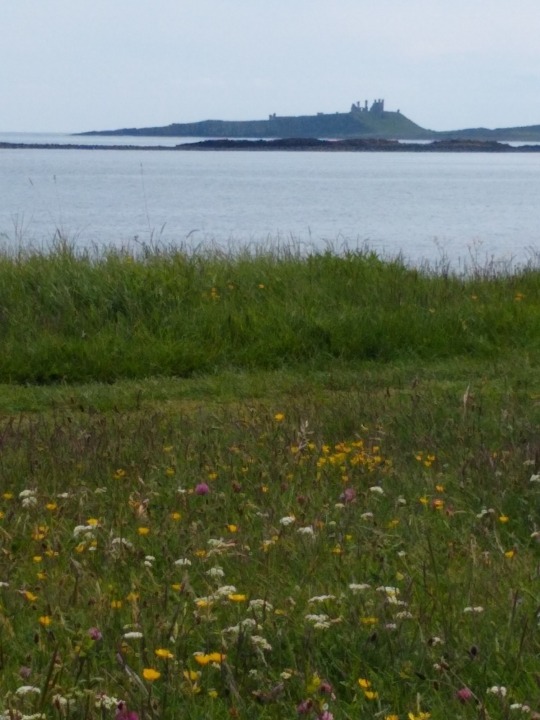
#skylark#birdwatching#birdtherapy#birdsong#birds#wildlife#nature#northumberland#national trust#holidays#travel#springwatch
1 note
·
View note
Photo
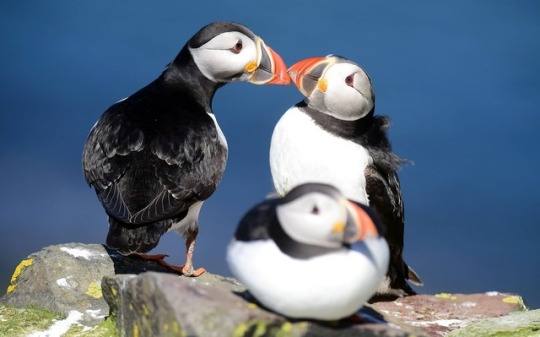
Puffins on the Farne Islands off the UK’s Northumberland coast, where National Trust rangers have found numbers have plummeted
Photograph: Paul Kingston / NNP/National Trust
#nature#wildlife#animal#puffins#birds#aves#farne islands#islands#uk#inglaterra#northumberland#coast#costa#national trust#rangers#impact#endangered#paul kingston#nnp#the guardian#the week in wildlife
19 notes
·
View notes
Photo
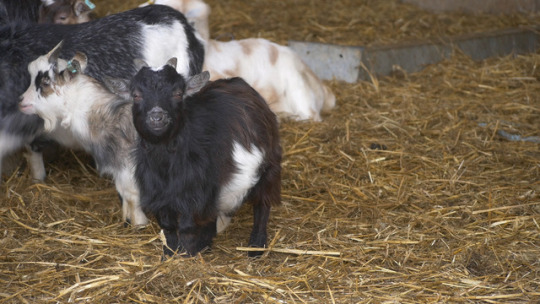
Why is this pygmy goat smiling? Because it is watching the Water Voles getting ready for their journey home to Kielder from Derek Gow’s farm in Devon.
0 notes
Photo
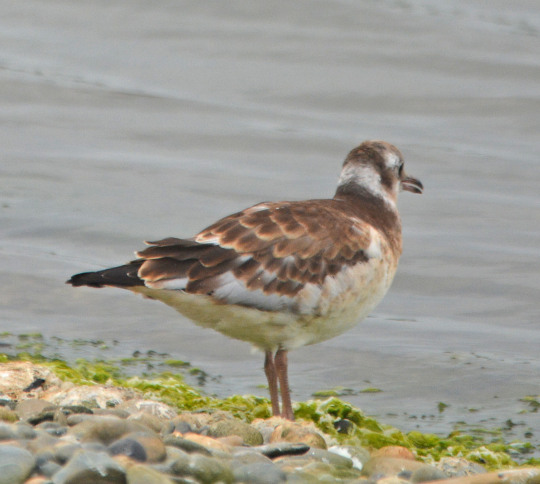
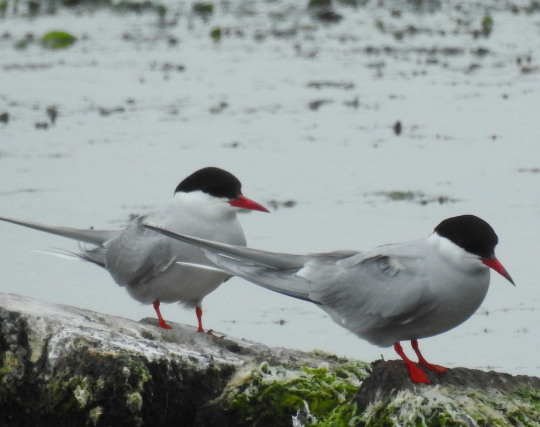
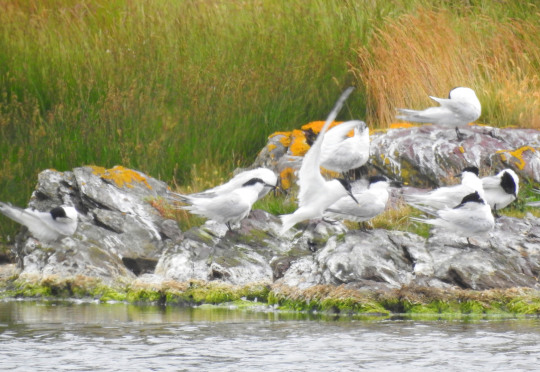
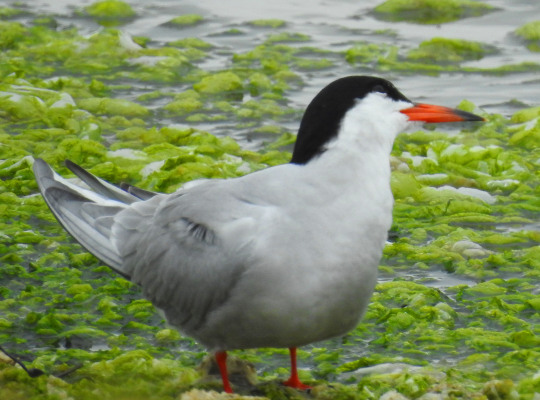
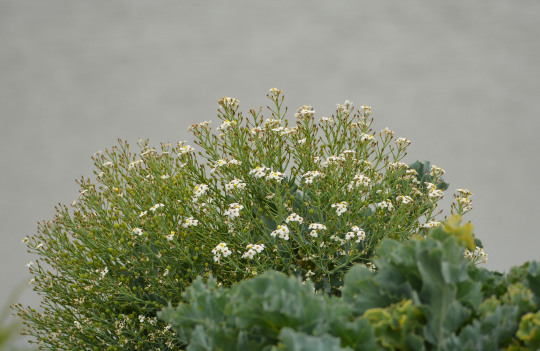
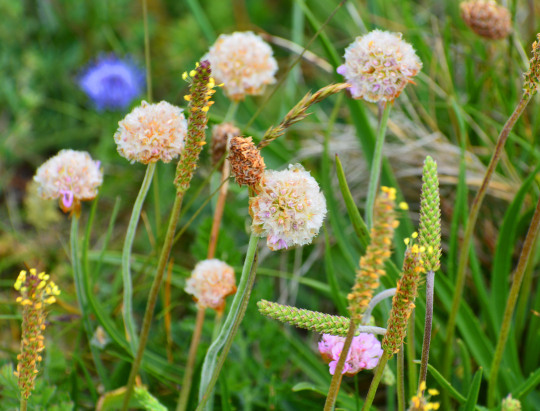
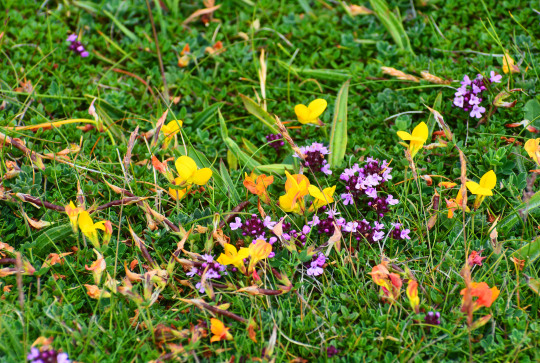
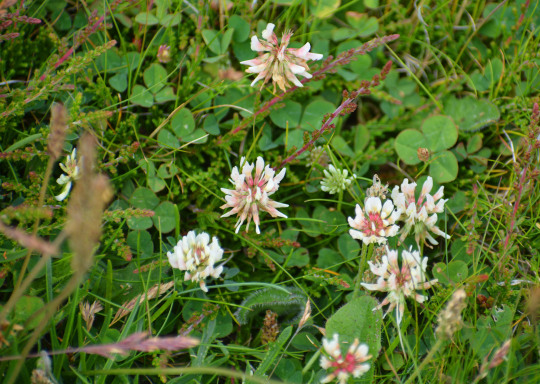
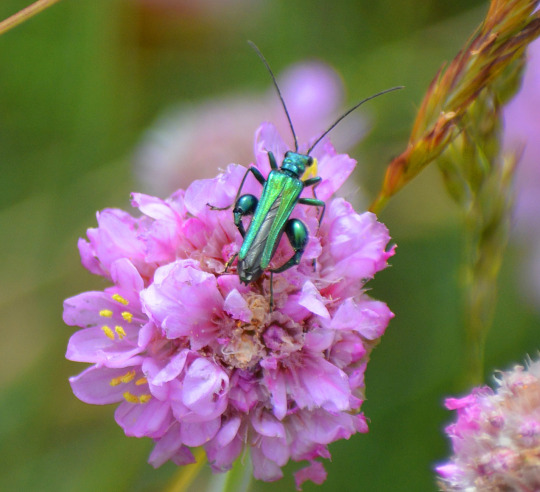
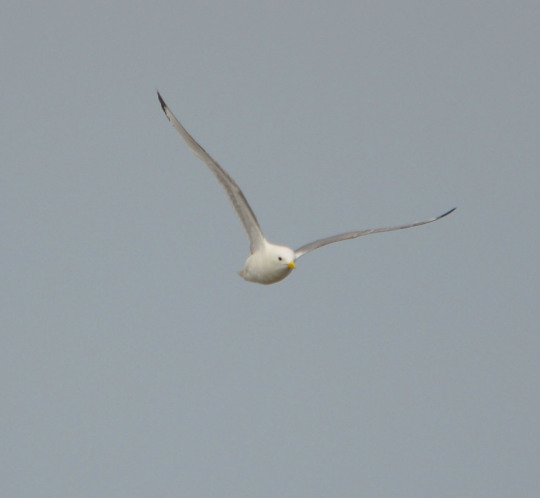
21/06/2021-Post 3 of 3: The fantastic Cemlyn-The wildlife
This afternoon we headed to Cemlyn where we hoped to see some terns which we had read about here. Instantly upon arrival we heard the distinctive shrieks of a seabird colony and could see the terns and gulls in the distance and some flying overhead.
We excitedly walked onto the shingle beach area and alongside the lagoon and it was brimming with terns. We had Sandwich and Common Terns flying spectacularly over our heads and it was astonishing to see them. We spent several minutes marveling at the magnificent scene of the terns busily flying out to sea, fishing and bustling in the lagoon. It was exceptional and enjoyable to get lost in watching the hundreds of terns, the large Sandwich Terns with their black and yellow tipped beaks and familiar Common Terns with their red beaks and black tip. We were also overjoyed to spot some special Arctic Terns out there with their extremely long tails and real bright blood red bills and feet. They were distinctive and amazing. A year tick for us and also only the second time we had ever seen them after the Farne Islands a couple of years ago. A sort of (given the ones I saw at Coquet Island and Farne Islands were all in one week in Northumberland in 2019) second only second ever in as many days after Black Guillemot yesterday. It was so lovely to see these inspiring vast international travelers. On the lagoon I enjoyed seeing young of all the tern species as well as adorable Black-headed Gull and Oystercatcher chicks which was special I took the first picture in this photoset of the Black-headed Gull chicks. They really did help bring the lagoon to life alongside their parents. I took the second and fourth pictures in this photoset of Common Terns and third of Sandwich Terns with some more of them I tweeted on Dans_Pictures tonight.
There were sensational moments as the whole colony of terns took off into the air at certain points which I tweeted pictures of on Dans_Pictures. So immersive and wonderful to observe showing the real wildlife spectacle we were so lucky to enjoy. I did a phone sound recording of the charismatic wall of noise which was so great to hear. All walk and looking at the terns today we got to speak to some brilliant and nice people about the birds, the area and other topics. Looking behind us we were stunned on the sea water to see four more super Black Guillemots after yesterday a bird I was over the moon to see then and I was so sweetly embraced by the defining and phenomenal wildlife of Anglesey being so fortunate to see these again! I feel this will be one of the big species I remember this trip for. There was also a lovely Razorbill on the sea and we saw some Grey Seals pointed out by another couple of people who were nice that we got talking to. A top scope view of this aquatic wonder and important mammal for the UK with our internationally important population another great mammal year tick this holiday and great to see them for another year.
We then walked around the low headland with the sun eventually really emerging I said how beautiful this looked in my last post with 10 landscape photos I took today and a splash of colour was applied to the area in the form the delightful array of wildflowers, including fantastic foxgloves and sea campion, red campion, white clover shown in the eighth pictures in this photoset that I took today, bird’s-foot trefoil, thyme these two shown in the seventh picture in this photoset buttercup, more saxifrage after yesterday and beautiful thrift like the one in the sixth picture in this photoset of all of which I am having a great year for. I loved seeing and learning the gorgeous wild cabbage on the walk today too the fifth picture in this photoset if of these. It was also lovely to see birds we are more used to seeing at the coast at home, Cormorants flying over and delightful Ringed Plovers as well as lots of terns flying over. Sandwich Terns we do see at home and have had a brilliant few years for but rarely had we seen so many coming so close and I almost got used to it at one point which was surreal. It was nice to see a Shelduck flying over too a bird very common locally at home this is one of my favourites and one of the first I ever saw at Titchfield Haven on my first intended birdwatching trip to a nature reserve aged 10 another favourite bird I thought there may also be the right habitat here to see to add to this real festival of favourite birds for me whilst away so far with so many seen.
Upon getting back to the car the word was a Roseate Tern a rarer tern that had been around but was not here when we looked over the colony earlier had been seen. After I saw a stunning swollen-thighed beetle on some thrift a different flower for me to see them on which I got the ninth picture in this photoset of we went and found a very kind Wildlife Trust person who told us where the bird was and as we watched I was thrilled that the Roseate Tern came into view. It was brilliant to watch this bird with its sweet black beak lacking the yellow tip of the Sandwich Tern. It was really good to take in another monumental species and one of my birds of the year. Only my third ever time seeing them if like the Arctic Tern you count the Coquet and Farne Islands sightings as one time. Very interestingly, this one has made a nest with a Common Tern not something I’ve heard of before.
As my Mum chatted to this person in more sunny conditions to before I had goes at getting more flying tern pictures. When doing so my attention was fixed on a gull as I was stunned when a cute round headed black tipped Kittiwake flew by! A target this holiday too possibly at the more traditional place I would expect to see them in a colony on the Puffin Island trip if we get to do it or the more sheer cliff areas. But I had known they can pop into flatter lagoon areas and I was in my element watching the first of this one my favourite birds I’d seen for two years like Puffin yesterday since Northumberland in 2019 fly along the beach, into the lagoon and back up again. A stunning moment, one of my best of the trip so far. I took the tenth and final picture in this photoset of this.
Roseate Tern and Kittiwake in the more maybe, than we’re really gotta go for that section of our list of trip targets for this trip were amazing to see today. It means we’ve seen most of our targets already on this week away which has been incredible. It takes my bird year list to 167 after two days of three year ticks, ahead of how many birds I had seen at this stage in 2018 now sitting second only to 2019 for the highest amount of birds I have ever seen in a year on this date which I’m so pleased with. Furthermore, I’ve now seen 28 of my favourite birds so far in 2021. The highest amount I’ve ever seen in a year leaving only three on my list of favourites that I haven’t seen this year and this is fantastic and represents a lot of happiness at being able to see so many of my favourite species this year. That’s also eighteen of my favourite birds seen this holiday so far which is extraordinary, I did start the year with nine of my favourite birds ticked on New Year’s Day so this is another key moment in this big thing for me this year. I thoroughly enjoyed this truly wild and rich in life piece of coast it was so much fun and I left with a very positively strong impression of this place.
Wildlife Sightings Summary: Cemlyn-My first Arctic Tern, Roseate Tern, Kittiwake and Grey Seal of the year, three more of my favourite birds the Black Guillemot, Razorbill and Shelduck, Grey Heron, Cormorant, Ringed Plover, Oystercatcher, Sandwich Tern, Common Tern, Black-headed Gull, Great Black-backed Gull, Meadow Pipit, Linnet, bee and Swollen-thighed Beetle.
#swollen-thighed beetle#thrift#thyme#white clover#bird's-foot trefoil#kittiwake#roseate tern#arctic tern#sandwich tern#grey seal#international#uk#walkes#anglesey#cemlyn#happy#world#beauitful#past#oystercatcher#shelduck#history#black guillemot#common tern#enjoyed#people#gull#tern#wildlife#photography
4 notes
·
View notes
Video
youtube
Dawn Chorus, Marcus Coates, more here:
Dawn Chorus is an immersive multi-screen film installation that uses unique digital methods to explore the relationship between birdsong and the human voice, and similarities between bird and human behaviour.
Nineteen individual singers uncannily recreate birdsong and bird movement. Together they form a chorus that accurately simulates the sounds and timings of a natural dawn chorus. With each singer depicted in an everyday location: an underground car park, an osteopathic clinic, a bedroom, a bathtub, Dawn Chorus is as much a portrait of British people and their daily habits as it is of the natural world.
Dawn Chorus was produced in 2007. Marcus Coates worked with scientist Peter McGregor who specialises in birdsong and animal behaviour, and notable birdsong expert and wildlife sound recordist Geoff Sample. To record the dawn chorus they used a unique method to capture the individual birdsongs and their inter-species song timings. By predicting where individual birds would sing and through trial and error they recorded 14 individual songs simultaneously. Thereby creating an accurate document of which species of birds sing in relation to others at what time in the morning. They recorded at three different sites in Northumberland between 3am and 9am over seven days using a 24 track digital recorder.
Dawn Chorus was originally commissioned and produced by Picture This in 2007, premiered at BALTIC Centre for Contemporary Art in Gateshead and was financially supported by the Wellcome Trust. It is part of the Arts Council Collection at Southbank, who kindly loaned the work to Fabrica.
Fabrica was delighted to work with Brighton Festival 2015 as a co-presenter of Dawn Chorus, and Ali Smith who as Festival Guest Director has invited us to ‘imagine the world seen from the eye of a bird’. The Royal Society for the Protection of Birds (RSPB) and Brighton & Lewes Downs Biosphere (BLDB) were also event partners for the exhibition.
#Dawn Chorus#more than human#multispecies#birds#sound#song#birdsong#Marcus Coates#audio#nature#animals
2 notes
·
View notes
Text
My Love for our Furry Friends
This week’s prompt for the blog post had me a little stressed, not going to lie. I am not a very creative person so thinking of something to write about was a task for me. This week I have chosen to talk about a job I had for two summers in a row. I worked as a veterinary assistant at Northumberland Veterinary Services in Colborne, Ontario. I have always had a love for animals, but this experience verified that working with them is what I wanted to do for the rest of my life.
This opportunity started as a co-op placement when I was thinking about applying to colleges for their veterinary technician program. The owner of the clinic convinced me to instead work there in the summer, take other courses to finish off my grade 12 year and go to university to try to get accepted into the Ontario Veterinary College. So, here I am.

Image taken from Colourbox.
Instead of doing a placement, working at the clinic allowed me to be more hands on with the animals and learn much more about this field. As a veterinary assistant I had to help feed the animals in the morning and afternoon, give whatever meds were required, clean surgical packs, help monitor animals during and after surgery, and much more. Yes, I did get to play with puppies and kittens, but I also got to see the much more difficult side of this profession. I had to assist with euthanasia’s while the family was in the room, saying their final goodbye to their loyal best friend. I had to comfort animals as they passed away because their owners wouldn’t stay for their final moments. On many occasions we had animals come into the clinic through a rescue organization or even with their owners, in horrible condition and I realized how cruel and inhumane people can be. Many days took an emotional toll on myself and the other staff, so we were grateful for the good days and the success stories.
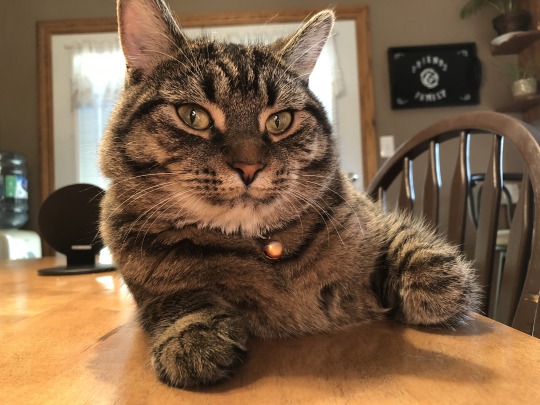
Of course no one can work at a veterinary clinic and not adopt an animal or two, right? Leo came into the clinic at only a month old, on his death bed. He couldn’t move, other than to cry out in pain. As we were trying to help him, we were told to “just put him down.” I promised him that if he lived, he could come home with me. We were finally able to find a vein to put his catheter in and hook him up to an IV. To this day we still aren’t sure what was wrong with him, but he fought for his life and is now spoiled every day. Leo is one of my own success stories. Photo taken by me.
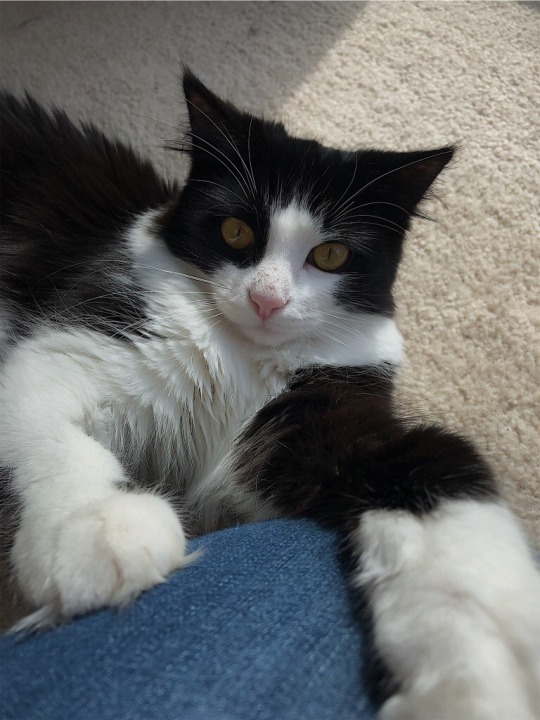
Meet Darla, another one of my own success stories. My sister found Darla all alone on the streets when she was only a couple of weeks old. She had fleas, worms and was extremely underweight. After a trip to Northumberland Veterinary Services and lots of TLC, Darla is healthy and living her best life. Photo taken by me.
Taking your animals to the vet can be a scary experience and one that many people often dread. I often interacted with clients in these stressful situations and had to try my best to reassure them that we would do everything in our power to help their sick pet. People were trusting us with their furry friends, and we couldn’t let them down. In many of my classmates’ blogs and during class, we have discussed that not everyone who interacts with nature comes from the same background. You have to read your audience and shape the activities and information you will be giving to fit them and their interests. Interacting with clients meant I had to interpret how they were feeling and what was the best way to go about delivering information to them. Not all pet owners are the same, so you need to adjust the way you speak to them and give them the possibilities they have when it comes to pet care.
Working at the clinic has taught me that working with animals is my true calling, and school has taught me that I will be happy doing it whether I am working in a clinic with domesticated animals or working in nature with wildlife. It has made me a better pet owner myself and has improved my skills of interacting with and interpreting people.
1 note
·
View note